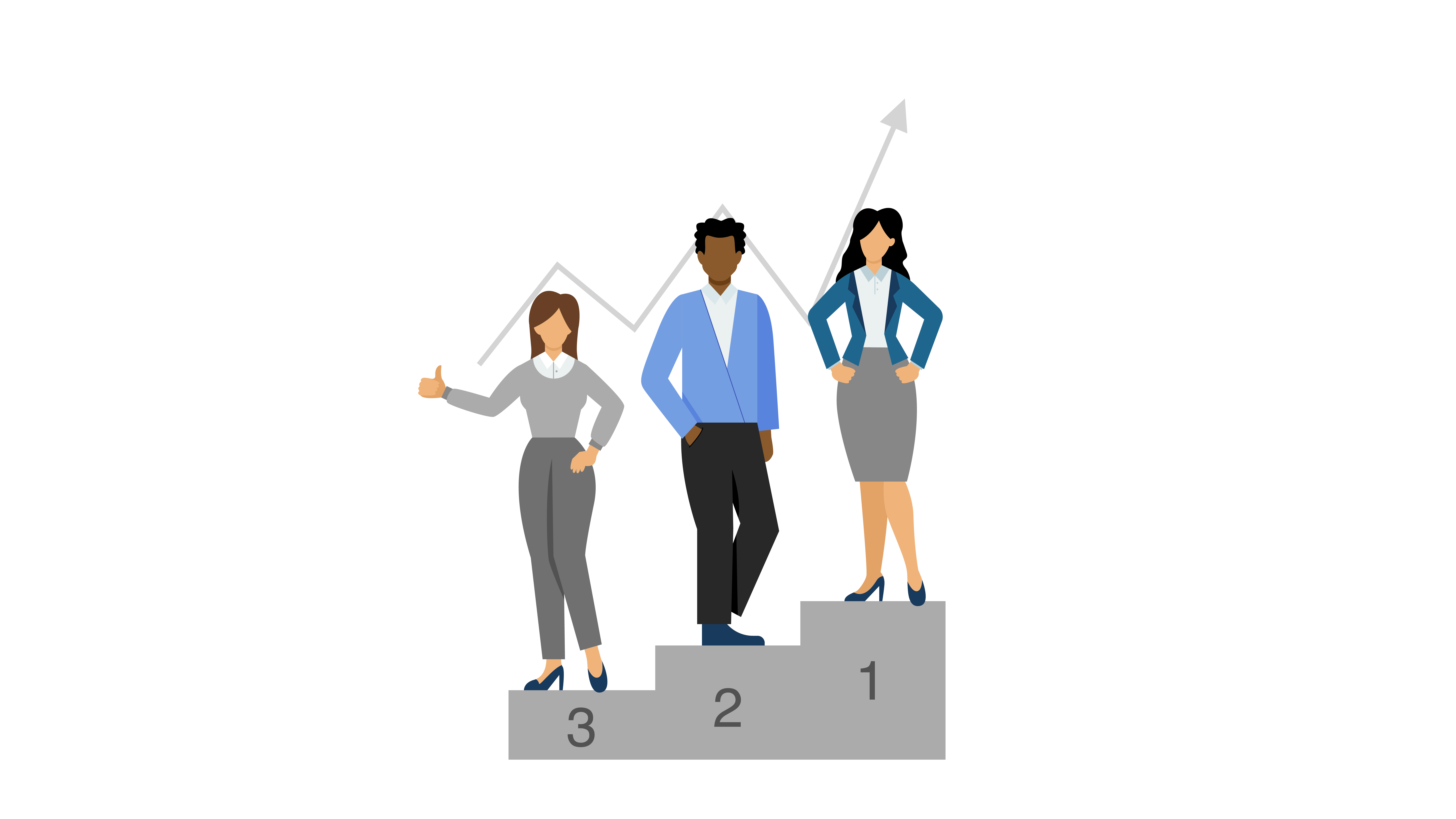All Categories
Featured
Customer data platforms (CDPs) are an essential device for modern companies who wish to collect information, manage, and store customer data in one central place. The software tools provide a better and more complete picture of customers' needs and can be used to tailor marketing campaigns and personalize customer experience. CDPs provide a variety of features that include data governance, data quality and data formatting. This helps customers comply with how they're stored, used, and access. With the capability to pull data from other APIs and other APIs, CDPs also allow organizations to use other APIs, CDP additionally allows companies to make the customer the center of their marketing efforts and improve their operations and engage their customers. This article will explore the benefits of CDPs in organizations.
cdp data platform
Understanding the CDP. A Customer data platform (CDP) is software that allows companies to gather, store and manage customer information from one central place. This will give you a more complete and complete picture of your client and allows you to focus your marketing and customize customer experience.
-
Data Governance Data Governance: One of the most important features of a CDP is the ability to categorize, protect, and monitor information being incorporated. This can include profiling, division, and cleansing operations on the data being received. This will ensure that the data is in compliance with rules and regulations.
-
Data Quality: It's crucial that CDPs make sure that the information they collect is of high-quality. This means that data must be entered correctly and conform to the standards of quality desired. This helps to minimize additional costs associated with cleaning, transforming, and storage.
-
Data formatting The CDP is also available to make sure that data adheres to a specific format. This helps ensure that different types of data like dates match across customer information and that the data is entered in an orderly and consistent way. customer data platform
-
Data Segmentation: The CDP allows you to segment customer data in order to better understand the different customers. This allows you to test different groups against each other and to get the most appropriate sampling and distribution.
-
Compliance A CDP permits organizations to manage customer information in a regulated way. It permits you to define security policies and classify data in accordance with them. It can also help you identify compliance violations while making marketing decisions.
-
Platform Choice: There are various types of CDPs available It is therefore important to be aware of your specific needs in order to select the appropriate platform. Be aware of features like privacy and the ability to pull data from other APIs. customer data platform
-
Put the customer at the Center The Customer is the Center of Attention CDP allows the integration of live customer data. This gives you the instant accuracy, precision, and unity which every department in marketing needs to improve operations and engage customers.
-
Chat billing, Chat With the help of a CDP it's simple to understand the context you require for a good discussion, regardless of previous chats or billing.
-
CMOs and CMOs and Data CMOs and Big Data CMO Council, 61 percent of CMOs feel they're not leveraging the power of big data. The 360-degree customer view provided by CDP CDP is a fantastic method to solve this issue and enable better marketing and customer interaction.
With numerous different kinds of marketing technology out there every one normally with its own three-letter acronym you might question where CDPs come from. Although CDPs are among today's most popular marketing tools, they're not a completely originality. Instead, they're the most recent action in the development of how online marketers handle client information and client relationships (Cdp Meaning).

For a lot of marketers, the single most significant value of a CDP is its ability to section audiences. With the capabilities of a CDP, marketers can see how a single consumer interacts with their business's different brand names, and recognize opportunities for increased customization and cross-selling. Naturally, there's a lot more to a CDP than division.
Beyond audience division, there are 3 huge reasons your company might want a CDP: suppression, customization, and insights. Among the most fascinating things online marketers can do with data is recognize clients to not target. This is called suppression, and it becomes part of providing genuinely personalized consumer journeys (What is Cdp in Marketing). When a consumer's merged profile in your CDP includes their marketing and purchase information, you can reduce ads to clients who've currently made a purchase.

With a view of every client's marketing interactions connected to ecommerce data, website visits, and more, everybody throughout marketing, sales, service, and all your other teams has the chance to comprehend more about each consumer and provide more personalized, pertinent engagement. CDPs can help marketers deal with the root triggers of numerous of their greatest day-to-day marketing issues (Cdp Analytics).
When your data is detached, it's harder to comprehend your consumers and create significant connections with them. As the number of data sources utilized by marketers continues to increase, it's more vital than ever to have a CDP as a single source of fact to bring everything together.
An engagement CDP utilizes client data to power real-time personalization and engagement for customers on digital platforms, such as websites and mobile apps. Insights CDPs and engagement CDPs make up most of the CDP market today. Very few CDPs include both of these functions equally. To choose a CDP, your company's stakeholders should consider whether an insights CDP or an engagement CDP would be best for your needs, and research the couple of CDP alternatives that consist of both. Customer Data Platform.
Redpoint GlobalLatest Posts
CDPs and the Role of Data Segmentation in Marketing
CDPs and the Role of Data Formatting
The Role of CDPs in Reducing Additional Expenses for Data Management